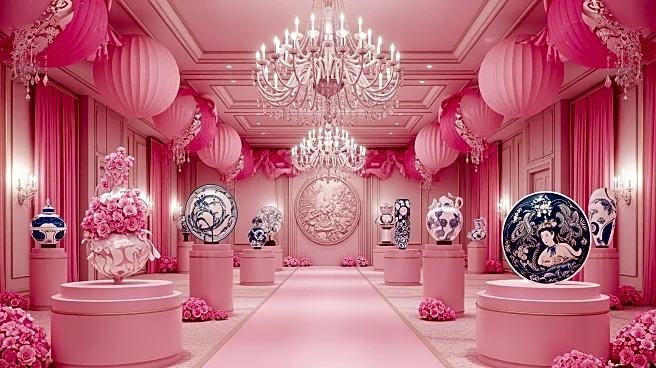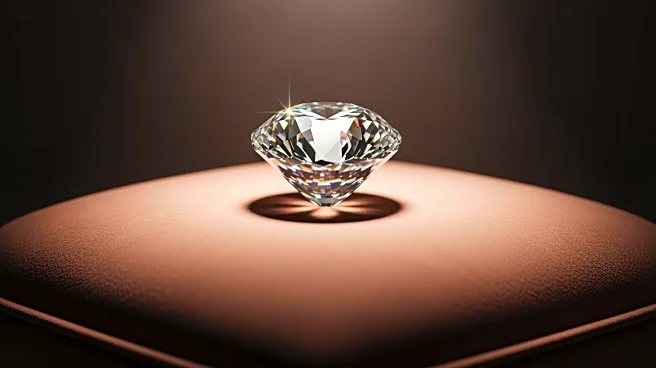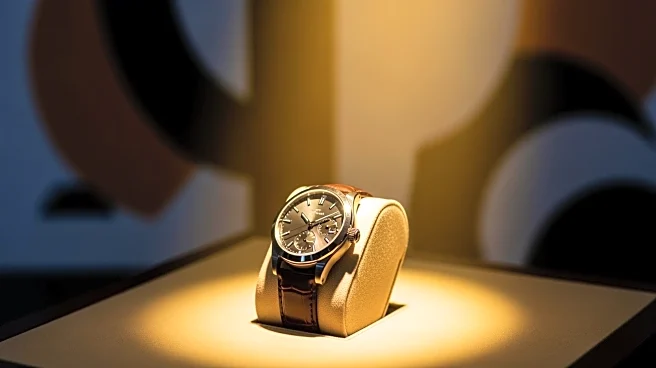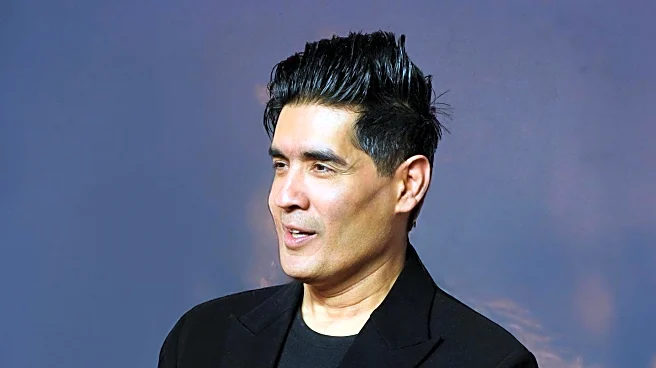What's Happening?
The British Museum in London recently hosted its first-ever pink-themed ball, drawing a diverse crowd from the fashion and entertainment industries. Notable attendees included supermodel Naomi Campbell,
designers Erdem Moralioglu and Roksanda Ilincic, and photographer Tim Walker. The event coincided with the museum's major exhibition, 'Ancient India: Living Traditions,' and was inspired by the colors and light of India. Entertainment figures such as Janet Jackson, Chiwetel Ejiofor, and Sir Mick Jagger were also present. The ball was co-chaired by Dr. Nicholas Cullinan OBE, the museum's director, and arts patron Isha Ambani, aiming to celebrate London's vibrant arts and culture scene.
Why It's Important?
The British Museum's inaugural ball highlights the institution's role in promoting cultural and artistic dialogue. By bringing together influential figures from various creative fields, the event underscores London's status as a global cultural hub. This celebration of arts and culture not only enhances the museum's profile but also strengthens its connections with the fashion and entertainment industries. Such events can boost tourism and local economies by attracting international attention and visitors. Additionally, the ball's alignment with the 'Ancient India: Living Traditions' exhibition emphasizes the museum's commitment to showcasing diverse cultural narratives.
What's Next?
Following the success of the inaugural ball, the British Museum may consider making it an annual event, further solidifying its place in London's cultural calendar. Future events could expand on the themes of cultural diversity and artistic innovation, potentially attracting even more high-profile attendees. The museum might also explore collaborations with other cultural institutions to enhance its exhibitions and events. Stakeholders in the arts and fashion industries may look to this event as a model for integrating cultural heritage with contemporary creativity.
Beyond the Headlines
The British Museum's event reflects broader trends in the cultural sector, where institutions are increasingly engaging with contemporary themes and diverse audiences. This approach can lead to more inclusive and dynamic cultural experiences, fostering greater public interest and participation. The emphasis on fashion and entertainment at the ball also highlights the growing intersection between these industries and traditional cultural institutions, suggesting new opportunities for collaboration and innovation.











